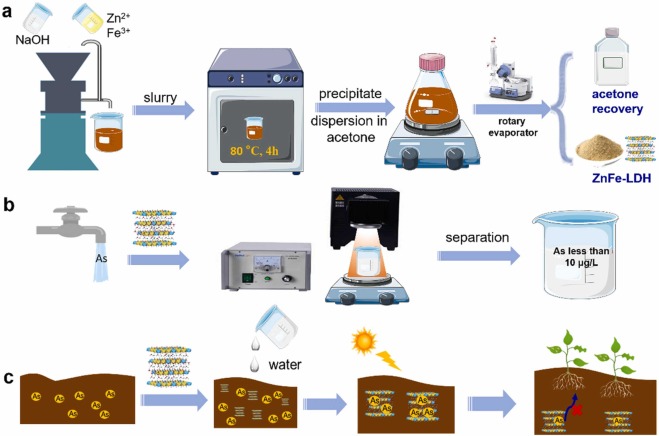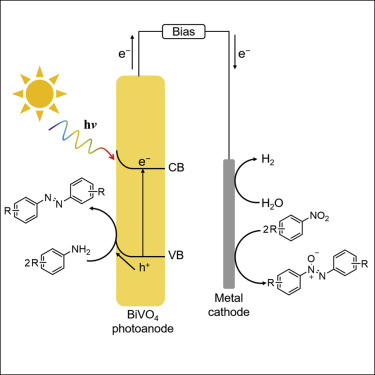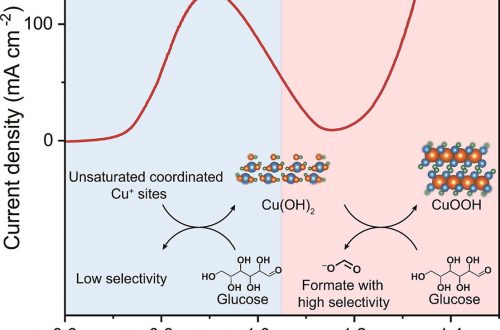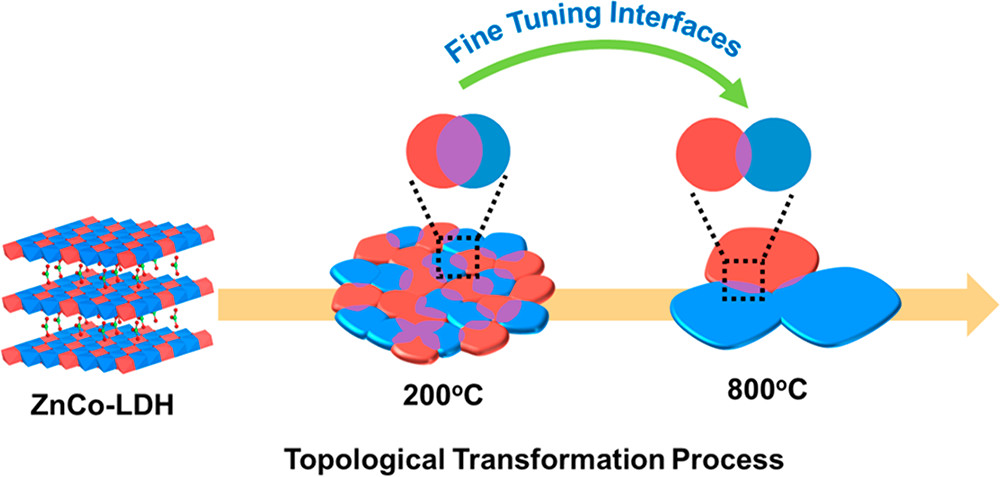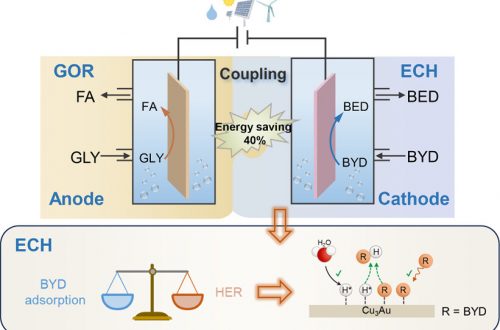51. Superstable Mineralization of Heavy Metals Using Low-Cost Layered Double Hydroxide Nanosheets: Toward Water Remediation and Soil Fertility Enhancement
Wang, J.,Kong, X.,Yang, M.,Xiong, W.,Li, Z.,Zhou, H.,Waterhouse, G. I. N.,Xu, S.-M.,Yan, H.,Song, Y.-F.,Duan, H.*,Zhao, Y.*
Ind. Eng. Chem. Res. 2023, 62, 1, 365–374
DOI: 10.1021/acs.iecr.2c03082
Abstract
The efficient removal of heavy metals from wastewater and contaminated soil is vital for the environmental remediation and sustainable recycling of metals. Here, we demonstrate that ultrathin MgFe-LDH nanosheets (LDH-S) offer excellent mineralization of Cu2+ ions in aqueous solutions and soils (ultrahigh uptake capacity of 662 mg/g). The LDH-S can purify real electroplating wastewater (Cu2+ concentration >5000 mg/L) and trace heavy-metal-containing wastewater (∼10 mg/L) to drinkable levels (below 1 ppb). In the process of Cu2+ removal, MgFe-LDH is transformed into Cu(Mg)Fe-LDH through surface adsorption and isomorphous substitution. The Cu(Mg)Fe-LDH product could be used directly to remove azo dyes and phosphate anions by adsorption or be processed into metallic copper via a leaching–electroreduction process. The release of Mg2+ ions by LDH-S during Cu2+ removal was shown to promote crop growth by acting as magnesium fertilizer, even in acidic soils. This work simultaneously addresses several bottlenecks in heavy metal sequestration, including removal capacity, stability, reusability, and metal recovery.
